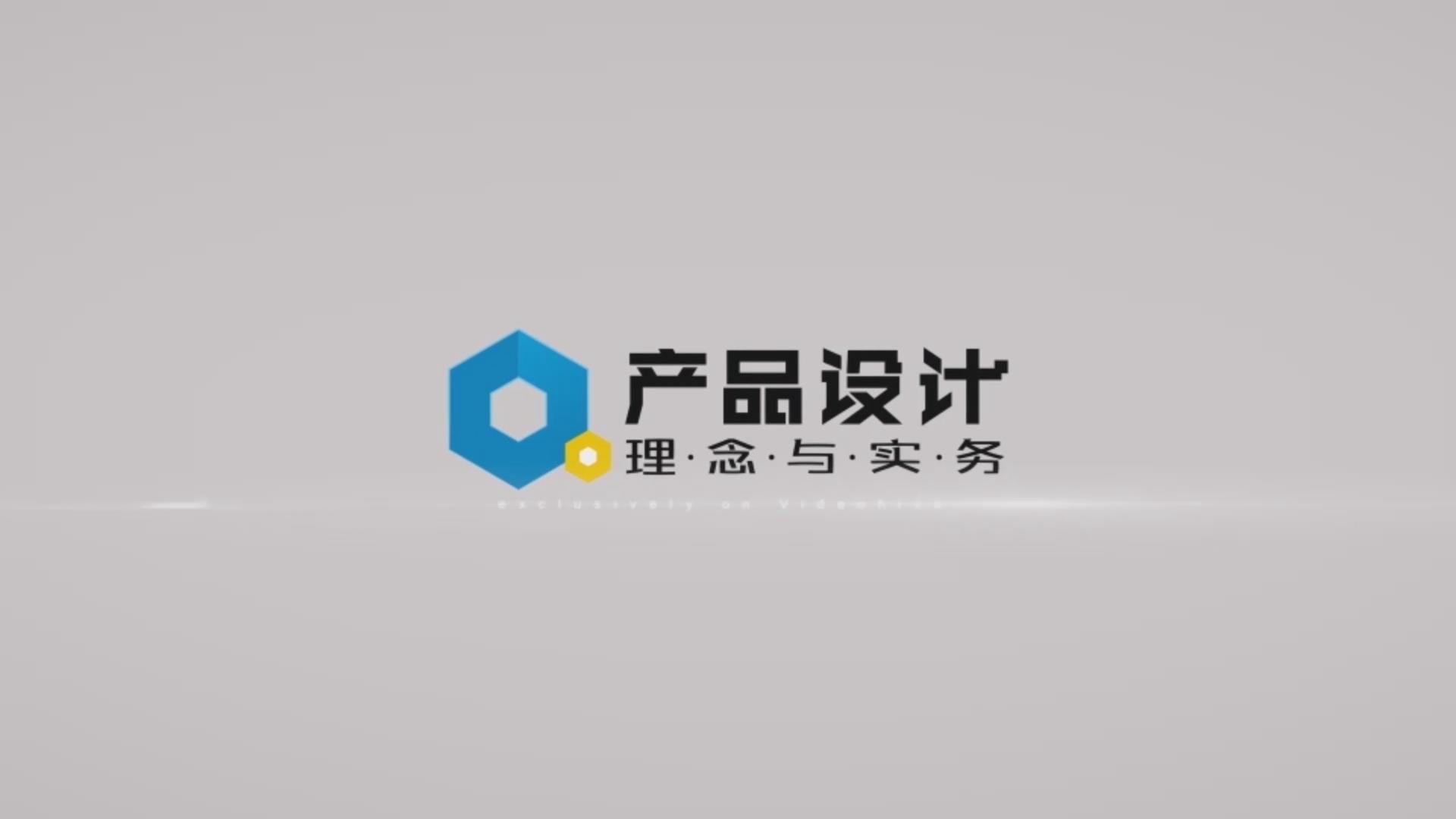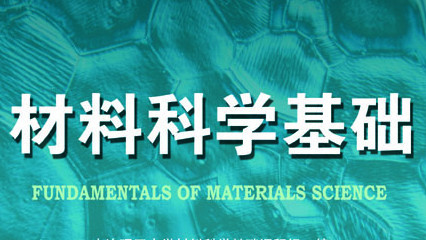
当前课程知识点:口译:理论与实践 > Unit 4 口译笔记 > Lecture 3 口译笔记记录方法 > Lecture 3 口译笔记记录方法
Hello everyone
Welcome back
I’m your lecturer Catherine
Today
we’ll discuss a critical topic: note-taking
To take notes
you need to prepare the necessary tools
including a notebook and a pen
Small top-opening notebooks are recommended
because they are easy to handle
with one palm and quick to turn pages
The notebooks in this picture
are the widely used kind
If this kind of notebook is not available
you can also use A4 paper
Fold a sheet of A4 paper in half like this
and then fold it further
so that you can hold it with one hand
Then
you can write notes on it
Of course
the A4 paper is only for practice
and it’s inappropriate to use it
when you are doing interpreting
on a formal occasion
Apart from a notebook
you should also have a proper pen
Generally
it’s better to use knock-gel pens
They’re portable and are also convenient to use
With proper tools at hand
you may wonder what notes
should be taken and how to take them?
Let’s first talk about what notes should be taken?
Above all
key words and main ideas
are the most important ones
It’s a waste of time trying to write everything down
Experienced interpreters
always keep their notes brief
jot down the gist and draw arrows
to indicate the relation among them
Next
figures
proper names and lists are a must
Numbers in particular
are hard to retain in memory
and thus have to rely on written notes
Also
a business negotiation might come to nothing
if the interpreter fails to remember proper names
Sometimes
the speaker mentions
a long list of names and places
like the member countries of an organization
the interpreter
cannot produce accurate target information
without the assistance of notes
Last
linking words and transitional expressions
like “however” “besides”
“first of all” etc
represent the connection in logic
as well as changes of the speaker’s tone
Failure to note down them
may affect the accuracy of the source language
Then
how to take notes?
There are some points you should keep in mind
First and foremost
the structure of notes is usually vertical
rather than horizontal
It’s different from the usual ways of taking notes
Vertical arrangements make your notes
logically more explicit
Second
indent your notes
Indentation helps the interpreter
to tell the logical connection
between different pieces of information
Third
use a loose structure for your notes
In this way
you can move your eyes quickly
without leaving out information
which saves time
For parallel structures
make sure to write in different lines
Fourth
use the left and right margins
Remember to leave one to two centimeters of margins
on both sides
so you can add information
at any time or make connections
Fifth
draw a line to mark the end
When the speaker pauses
the interpreter should quickly draw a line right
beneath his/her notes
It means the finish of a part of a speech
Similarly
when the speaker pauses again
the interpreter draws another line
By doing this
the interpreter can quickly find the beginning
when he starts to interpret
The skills mentioned above
are the matters needing attention
before you start to take notes
Now
let’s look at some examples
25年间
中国创造的巨大财富
不仅使13亿中国人基本解决了温饱
基本实现了小康
而且为世界发展做出了贡献
In this sentence
there are some figures
proper names and linking words
which must be written down
Besides
there is also some supporting information
that makes the sentence meaningful
They are highlighted in bold
These are the noes for your reference
with arrows pointing to the function of the notes
Here’s another example
So it is the policy of the United States
to seek and support democratic movements
and institutions in every nation and culture
with the ultimate goal of ending tyranny
in our world
These are the notes for your reference
As in the previous example
arrows are used to point to the function of the notes
Have you got an idea of how to take notes?
Now
please have a try
女士们 先生们
世界一流大学有哪些共同的特征呢?
中国建设世界一流大学该做怎么样的努力?
中国高等教育当前是朝两个方向发展
一是要建设一些高水平
一流的大学
往高处发展
另外是要大众化
这是两个大方向
The suggested notes are here for your reference
Note-taking is a challenging task for interpreters
No one can master it
without a long-time practice
If you cannot write down the notes just now
don’t be upset
You just need to practice more
In the next lecture
I’ll bring you some bad examples of note-taking
Be sure to come back and check
if you made similar errors
Looking forward to meeting you
-Lecture 1 口译的定义及特点
-Lecture 2 口译的分类
-Lecture 3 口译员的素质
-Unit 1 单元测试
-Lecture 1 听取信息
-Lecture 2 逻辑分析
-Lecture 3 模拟演练
-Unit 2 单元测试
-Lecture 1 口译记忆的类型
-Lecture 2 口译记忆强化技巧一:原语复述
-Lecture 3 口译记忆强化技巧二:影子跟读
-Lecture 4 口译记忆强化技巧三:视觉化
-Lecture 5 模拟演练
-Unit 3 单元测试
-Lecture 1 口译笔记简介
-Lecture 2口译笔记常用符号
-Lecture 3 口译笔记记录方法
-Lecture 4 口译笔记案例详解
-Lecture 5模拟演练
-单元测试
-Lecture 1 英汉计数差异
-Lecture 2 常用数字表达
-Lecture 3 篇章数字口译
-Lecture 4 模拟演练
-单元测试
-Lecture 1 公共演讲技巧
-Lecture 2 口译基本方法
-Lecture 3 口译常见问题及应对方法
-Lecture 4 模拟演练
-单元测试
-Lecture 1 ECEC和CECE训练法
-Lecture 2 ECEC训练法模拟演练
-Lecture 3 CECE训练法模拟演练
-单元测试




